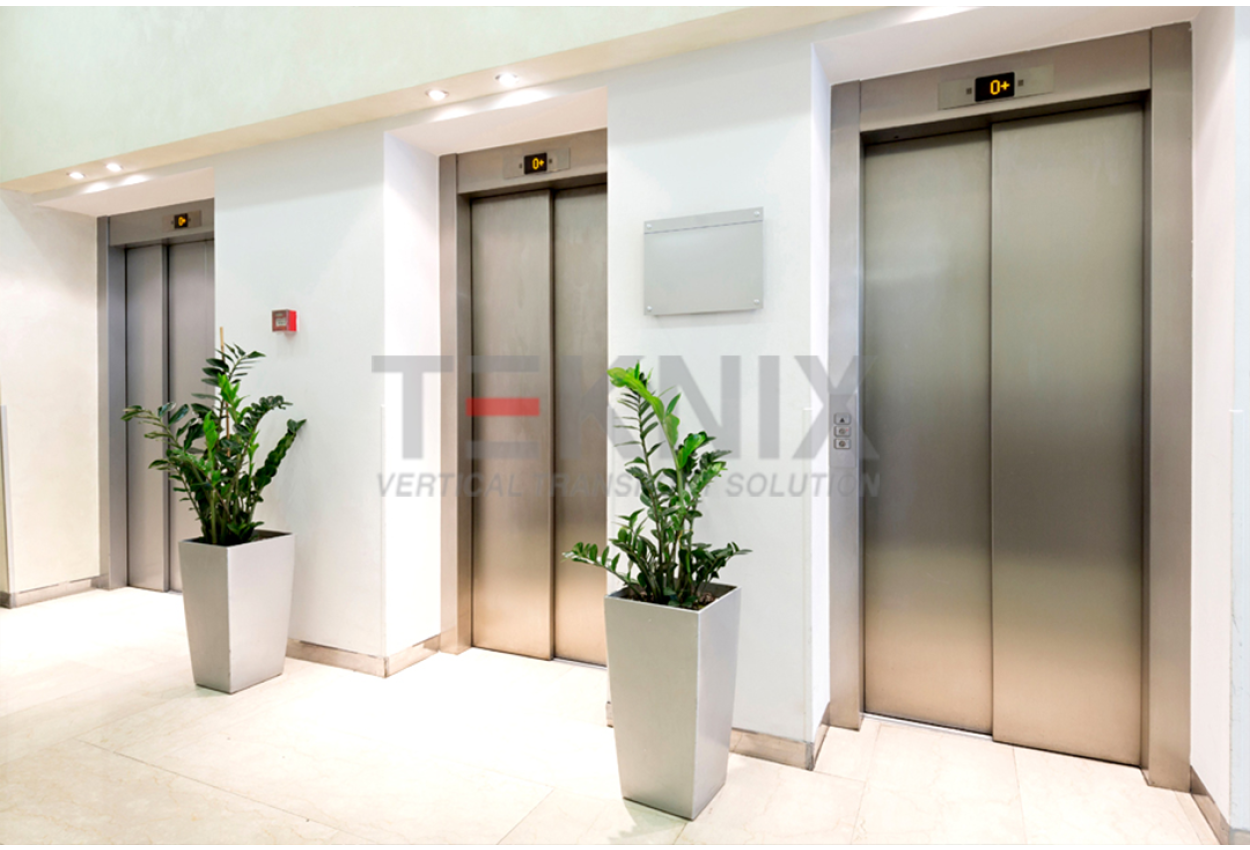Exploring the World of Elevators: Common Problems Faced by Numerous Lift Systems
As we browse via the upright transport systems of modern buildings, lifts stand out as an essential part of our daily lives. From hydraulic elevators to grip systems and machine-room-less styles, each lift kind comes with its collection of common problems.
Hydraulic Lifts
Hydraulic lifts, often chosen for low-rise structures, make use of fluid stress to control the motion of the lift auto (lift repair companies). This mechanism involves a hydraulic pump pushing oil into a cyndrical tube, creating the lift to relocate the desired direction. While hydraulic elevators are understood for their smooth and peaceful procedure, they do feature their very own set of typical problems
One common trouble with hydraulic elevators is oil leakage. The seals in the hydraulic system can break with time, leading to oil seepage. This not just develops a mess yet can also impact the lift's efficiency if left unaddressed. In addition, concerns with the control system, such as faulty valves or a malfunctioning pump, can trigger interruptions in the elevator's motion.
Routine maintenance and timely repair work are important to guarantee the smooth performance of hydraulic lifts. By resolving these usual concerns proactively, structure proprietors can lessen downtime and make sure the security and effectiveness of their vertical transportation system.
Traction Elevators
When considering upright transport systems in structures, one more common kind in addition to hydraulic elevators is the grip lift. Traction elevators operate using a system of ropes and weights that relocate the elevator automobile by gripping onto the hoist ropes. This mechanism allows for smoother and much faster vertical transport contrasted to hydraulic systems.
Among the typical concerns encountered by traction elevators is rope wear. The consistent movement of the ropes within the grip system can result in tear and wear with time, potentially causing the lift to malfunction or come to be dangerous for use. Routine evaluations and upkeep of the ropes are necessary to ensure the lift's proper performance and safety.
One more concern that traction lifts may run into is associated with the control system. Troubles with the control system can lead to concerns such as erratic motion, hold-ups in reaction times, and even complete shutdowns. Routine testing and upkeep of the control system are essential to avoid such problems and make certain the elevator's dependability.
Machine-Room-Less (MRL) Lifts

Among the crucial parts of MRL lifts is the portable gearless grip device that is installed within the hoistway. This maker successfully drives the lift vehicle without the requirement for large tools located in traditional traction elevators. Furthermore, MRL lifts generally make use of a weight system to balance the vehicle, additional improving their power performance.
Despite their benefits, MRL lifts might deal with obstacles connected to repair and maintenance as a result of the confined area for tools setup. Access for servicing components within the shaft can be restricted, requiring specialized training for professionals. Proper upkeep schedules and regular evaluations are crucial to make sure the continued smooth procedure of MRL elevators.
Overloading and Weight Restriction Issues
Straining and weight limit problems are essential worries in elevator procedures. Elevator manufacturers layout lifts with specific weight abilities to guarantee passenger safety and security and equipment long life.
When elevators are overloaded, it places too much strain on the motor, cables, and other parts, potentially creating malfunctions or failures. Security mechanisms such as sensing units and overload sensing units remain in area to avoid elevators from relocating if they identify excess weight. In addition, surpassing weight restrictions can result in boosted lift repair near me energy usage and deterioration on the lift system.
To alleviate overloading concerns, developing managers need to plainly present weight restrictions in lifts and inform residents on the significance of sticking to these constraints - we maintain lifts lift repair companies. Regular maintenance checks by certified professionals can also assist make certain that elevators are operating within risk-free weight criteria. By addressing overloading and weight limit problems proactively, structure proprietors can boost lift safety and performance
Electrical System Failures
Surpassing weight limitations in lifts can not just lead to mechanical concerns however also possibly contribute to electrical system failures within the lift infrastructure. Electric system failings are a vital issue in lift procedure, as they can trigger unexpected shutdowns, breakdowns, or also safety threats.
Furthermore, power surges or variations in the electrical supply can also disrupt the lift's operation, affecting its performance and safety and security. These electrical disturbances can harm sensitive lift parts such as control panels, circuit card, or sensors, leading to system failures. Regular upkeep and examinations are critical to recognize and deal with prospective electrical problems immediately, making sure the secure and effective operation of elevator systems. By adhering to weight limits and carrying out regular electrical system checks, building proprietors can minimize the danger of electric failings in lifts.
Conclusion

Hydraulic lifts, commonly chosen for low-rise lift companies in London structures, use fluid stress to regulate the movement of the elevator vehicle.When thinking about upright transport systems in structures, an additional common type apart from hydraulic elevators is the traction lift. Grip elevators run making use of a system of ropes and weights that move the lift vehicle by gripping onto the hoist ropes. Unlike typical elevators that call for a separate machine room to house the tools, MRL elevators integrate many of the elements within the shaft, removing the requirement for a dedicated machine space.In conclusion, elevators face common concerns such as hydraulic malfunctions, traction system failures, and electric system issues.